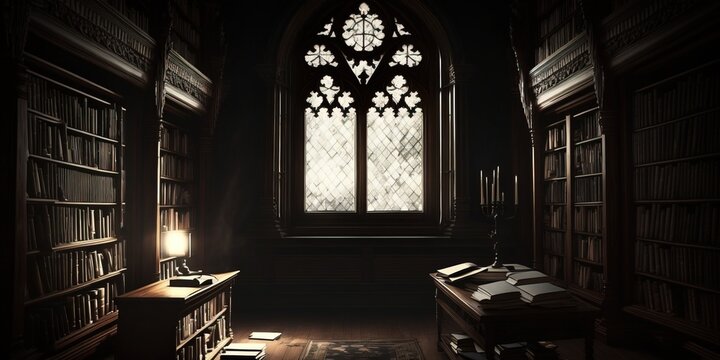
FAQ About Gothic Literature
Gothic Literature
2 years ago | gizem
What is Gothic Literature?
Gothic Literature, often simply referred to as the Gothic, is a literary genre that emerged in the late 18th century and gained popularity in the 19th century. It is characterized by a focus on mysterious, eerie, and often supernatural elements, creating an atmosphere of fear, suspense, and dread. Here are some key features of Gothic Literature:
- Atmosphere of Mystery and Suspense: Gothic works often establish an eerie and unsettling atmosphere that keeps readers or viewers on edge. This is achieved through descriptions of gloomy settings, eerie landscapes, and dark, foreboding environments.
- Supernatural Elements: Gothic literature frequently incorporates supernatural elements such as ghosts, monsters, vampires, or other paranormal phenomena. These elements add a sense of otherworldliness and fear.
- Emotional Intensity: Characters in Gothic literature often experience heightened emotions, including terror, love, and madness. Their emotional struggles are central to the narrative.
- Isolated Settings: Many Gothic stories are set in isolated or remote locations, such as ancient castles, monasteries, or abandoned mansions. These settings contribute to a sense of isolation and vulnerability.
- Powerful Villains: Gothic literature often features powerful and malevolent antagonists, such as villains, tyrants, or vampires. These characters embody evil and menace.
- Romantic Elements: Although Gothic literature is distinct from Romanticism, it often includes elements of romantic love, forbidden passion, and tragic relationships.
- The Uncanny: Gothic literature frequently explores the concept of the "uncanny" or the strange and unsettling. This can include encounters with doppelgängers (double selves) or unexplained phenomena.
- Psychological Horror: Many Gothic works delve into the psychological horror of the human mind, exploring themes of madness, obsession, and paranoia.
- Gothic Architecture: The genre often features descriptions of Gothic architecture, with its pointed arches, stained glass windows, and imposing structures, which contribute to the overall mood.
- Exploration of Taboos: Gothic literature often addresses taboo subjects like death, sexuality, and the darker aspects of human nature.
